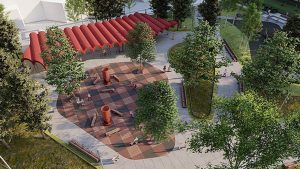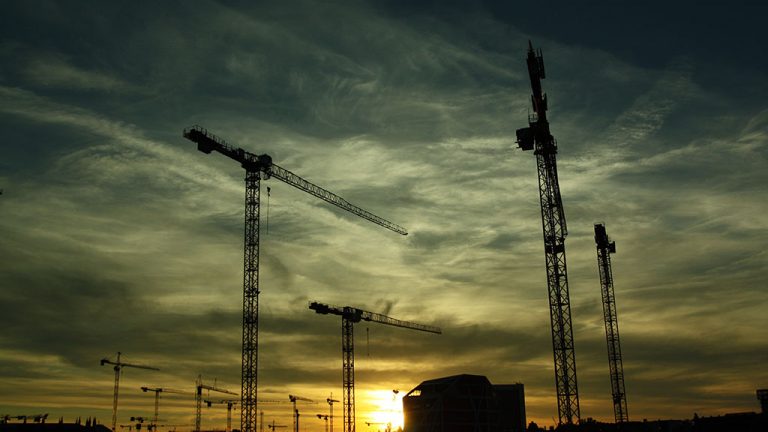Building out is building up safety and expanding capacity on one of B.C.’s most popular highways. The Sea-to-Sky highway, extending from the Lower Mainland up into Whistler, is a well-used road that urgently needs upgrading. As part of the push towards the 2010 Winter Olympic Games, the highway is being upgraded on a very large scale. According to Sea-to-Sky Improvement Project construction director Rob Ahola, the highway needs improvement in three main areas: safety, reliability, and capacity.
By Warren Frey
Building out is building up safety and expanding capacity on one of BC’s most popular highways.
The Sea-to-Sky highway, extending from the Lower Mainland up into Whistler, is a well-used road that urgently needs upgrading. As part of the push towards the 2010 Winter Olympic Games, the highway is being upgraded on a very large scale. According to Sea-to-Sky Improvement Project construction director Rob Ahola, the highway needs improvement in three main areas: safety, reliability, and capacity. Improving the safety of the highway encompassed a number of methods, Aloha said.
“We’re widening the highway in a number of locations, as well as adding median barriers. We’re also adding reflective markings that are both textured, so you can feel the car going over them, and highly visible. We’re also putting rumble strips in on the roads, top to bottom,” he said.
In order to improve reliability, effort is being made to reduce or eliminate the possibility of flooding or rock slides to a minimum. Improvements are also being made to rock slopes, in order to ensue the highway is always open.
But Aloha said in order to work on the highway, there are times when it must be shut down or traffic must be regulated. Since an average of 14,000 cars travel the highway in a given day, Ahola said planning was a key component of working on the highway.
“We met with stakeholders, and planned for when contractors can build and when they can’t. It’s a lot of coordination, and a lot of work is done at night, when there’s less traffic,” he said. Traffic is delayed at certain times, and scheduling is also coordinated so workers can proceed on various fronts at the same time to speed up the building process.
He added that in some cases, the elevation was too high to properly illuminate a construction area, so in those cases work was done during the day. But much of the work is done at night time, he said, and pointed out that while blasting is feasible without lighting, workers cannot scale the area without proper illumination.
Ahola said while some blasting is required, wherever possible effort has been made to minimize traffic disruption, and so different methods are being employed to upgrade the roads.
“You can either blast, which is bad for traffic, or you can build out with structures. We’re building bridges, partial bridges, and retaining walls of various sorts,” he said.
Aloha said pre-cast material is being used because it is quicker to install, and blasted material is recycled as aggregate and for retaining walls. Old asphalt is also recycled, he said, and used to build the new structures.
Aloha said the target date for substantial completion is the summer of 2009, in anticipation of the 2010 Games. Whistler will be an important venue for many of the events.
But he added as sections are completed, they will be opened.
“We’re not going to just open the whole thing all at once,” he said.










Recent Comments
comments for this post are closed